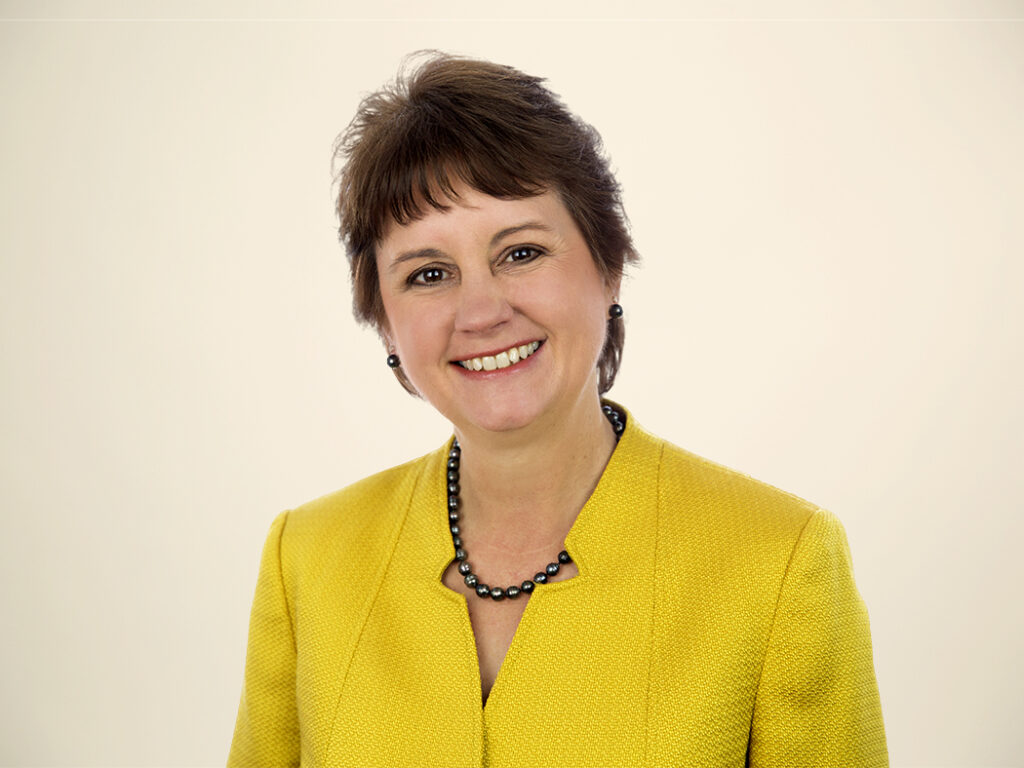Off And Running . . . In The B2B CMO Race
"Hello, I'm Laura Ramos, and I write for chief marketing officers."
 That's the standard line around here. It'll take a little gettting used to saying it. Heck, I still find myself saying "Xerox" instead of "Forrester" from time to time, but I hope to get out of that habit soon.
That's the standard line around here. It'll take a little gettting used to saying it. Heck, I still find myself saying "Xerox" instead of "Forrester" from time to time, but I hope to get out of that habit soon. Luckily, I won't have to break my habit of thinking and writing about the issues that face large companies that sell highly-considered products and services to other businesses through a direct sales force or channel partners. I've always been a business-to-business (B2B) girl, and I'll stick to that focus here at Forrester.
As part of the research team focused on the top marketing role in B2B firms, I plan to lean on my experience in lead-to-revenue management, marketing mix effectiveness, as well as industry and social marketing best practices to help CMOs reimagine and reinvent the role, organizational structure, and skill mix marketing needs to affect the business in this new age of the customer (subscription needed).
Because digital disruptions can touch all parts of the business, top marketing executives need to determine new ways to get the various functional parts of the enterprise more in touch with the customer. Those who succeed will do so through systems and processes that deliver actionable customer insight, holistic experiences, intelligence from channels, and interactive marketing experiences. To help CMOs get there, my research plans to look at how best to:
- Invest in thought leadership. Buyers complete half the purchase decision-making before they talk to sales. Top marketers create provocative positions and big ideas that capture customer attention when they discover hidden needs and explore untapped options. They share this information without expectations to engage buyers in dialog and position their firms as trusted resources.
- Nurture prospects — and sales — with productive business conversations. B2B buying is like courting. Unfortunately, digital technologies have turned some of us into stalkers with all the manners of a bar fly. Instead, the best marketers use technology to woo prospects appropriately and make their sales pitches more endearing. And that's as far as I'm going with this close-to-politically-incorrect analogy right now . . .
- Take charge of the customer experience. Business activity tends to focus on the transactional — marketing owns the customer relationship as a lead, sales when it's a deal, service during implementation, and support when there is a service call or open case. As the steward of brand and customer experience, top marketers take a more holistic approach. They own the lens through which the entire organization looks at customers throughout their lifecycle, and they work to get everyone to deliver remarkable, unmistakable, and desirable experiences with every interaction.
- Demonstrate business accountability. Marketing operations is the smallest but fastest growing function inside of many marketing organizations. Top marketers use this function to build sophisticated demand management models — ones that incorporate customer analytics, predictive models, conversion rates, pipeline value and velocity, and transaction size — and map this against the buyer life cycle to predict future growth opportunities.
- Deal with change. Digital disruption is always on the horizon. Changes from automation, content marketing, big data, digital media, and mobile force marketing to rethink its structure, skills, and program mix. Top marketers use digital to make the firm's business model more agile, cheaper, and more in tune with what buyers want five, 10 and 15 years from now.
In a nutshell, that's the plan. So tell me what you think. Are these the key issues B2B CMOs wrestle with today? If not these, then what have I missed? Post a comment or drop me a note. I'd love to hear your thoughts.
